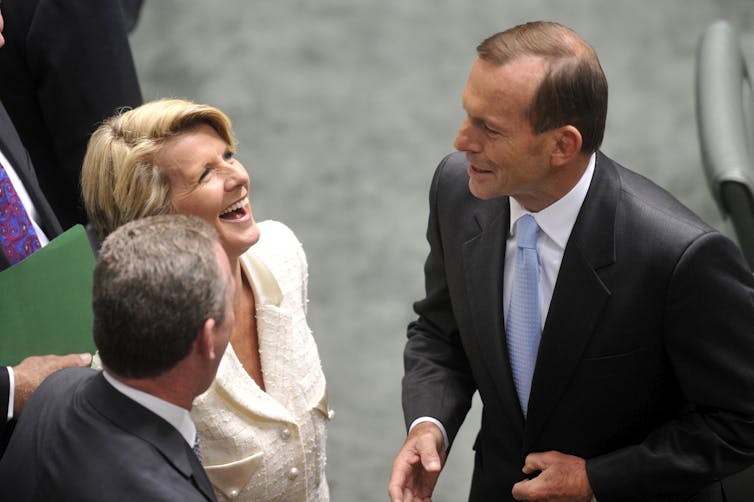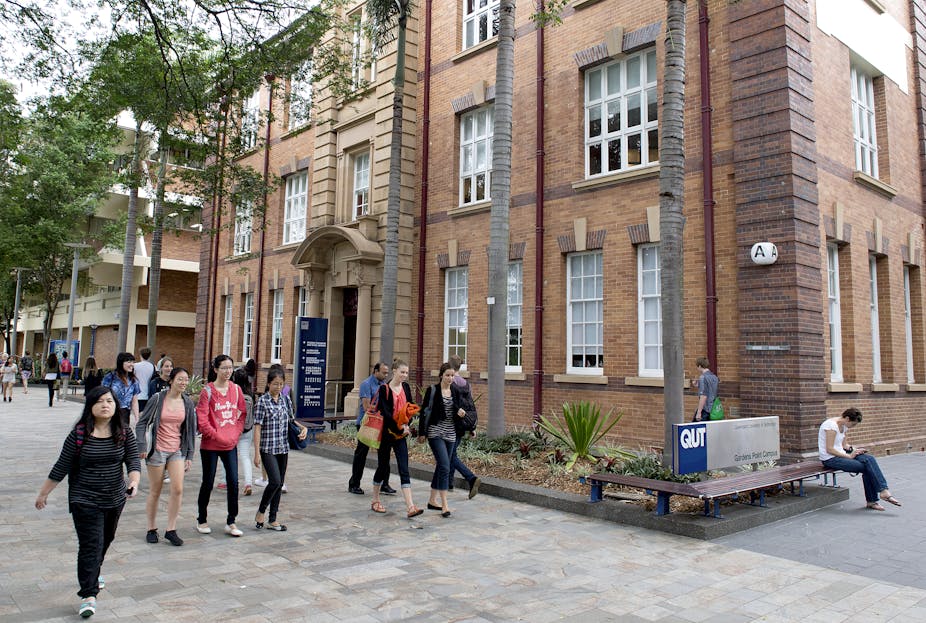When the Whitlam government assumed responsibility from the states for all higher education funding in 1974, the Commonwealth provided 90% of universities’ income. By 2010 this had fallen to about 42%, and is now closer to just 20% at major research universities. These universities may still be “public spirited”, but they are no longer publicly funded.
Should the budget pass, university leaders are commonly speaking of necessary tuition fee increases of at least 45%, simply to maintain current expenditure on teaching and learning. Far higher student contributions and interest rates on student debt threaten to double or even treble total student repayments.
Why the massive decrease in funding?
Those who benefited from free higher education in the years 1975-1989 are now typically aged between 45 and 60, the generation that is running the country. Not surprisingly, many current students are angry at the contrast in their generation’s financial outlook. The assumption behind much of the anger is that these increases are the result of the Coalition government wanting to shift a significant part of the budget deficit on to the shoulders of students by sharply increasing their contributions.

This is only part of the reason. Equally important is that both this government and its predecessor have made very substantial reductions to core Commonwealth funding. Following prime minister Gillard’s policy of enabling all qualified students to go on to higher education, and a promise to “fix” university funding, the 2008 Bradley review of higher education funding recommended a 10% increase in the Commonwealth funding of student places.
In 2013 the Labor government rejected the proposed increase and then education minister Craig Emerson instead imposed a 3.5% “efficiency dividend” on universities. That was effectively a funding reduction of $3.2 billion.
The Coalition’s education minister Christopher Pyne has left those cuts in place – one Labor measure of which he approves – but has further proposed in the budget papers that Commonwealth funding for each study area will reduce by an average of 20% in real terms from 2016. These cuts amount to $1 billion and will be particularly felt in funding for courses in social sciences, engineering, science and creative arts.
This is the latest instalment in changes to higher education funding that go back to 1989 and the introduction of the Higher Education Contribution Scheme (HECS), through which all students paid $1,800. While students now pay far more, and fees vary sharply across degrees, that student loans policy became broadly accepted as achieving a balance between the advantages of a tertiary degree for individuals and for the community as a whole through having a well-educated and trained workforce.
Since 1989, apart from occasional injections of “top-up” funding, the level of Commonwealth funding of core university responsibilities has steadily decreased. International students now contribute 17.5% of universities’ funding, and as much as one-third at some universities. The gap has also been met by students and staff having to accept higher student-to-staff ratios, from 15.6 in 1996 to 21.1 in 2008. They continue to balloon, and in themselves suggest an “efficiency dividend” that universities have been paying for years.
Spending on higher education (2010 figures) in Australia is 1.6% of GDP, the same as the OECD average, but has been static since 1995, while the OECD average has increased from 1.2%. Across these 15 years, the figures for Canada, the United States and Korea have increased from 2.1-2.2% to 2.6-2.8%. Conversely, Australian student fees are among the highest in the OECD.
While the taxpayer pays, they also benefit
One of the most depressing elements in the current debate has been the repeated utterances that higher education qualifications are an individual investment and the costs of obtaining them should be shifted to the individual beneficiary. It is as if those students – while undoubtedly benefiting in many ways – will not later pay higher taxes, and as if the community does not benefit immensely from having expertly trained doctors, teachers, lawyers, engineers and so on.
All governments have to make decisions about the balance between public and private funding of higher education, as for most other essentials of our society. There are individual benefits for graduates which are not available to others, balanced by the wider benefits to the whole community of expert professionals and a well-educated citizenry. The rather different UK model has been referred to in order to reassure us that social background will not affect student choices.
But if, as is most likely, some eligible students forgo their preferred courses because of cost, then society as a whole will be diminished by the breaking of a core objective of our social contract: that this is a land of equal opportunity.

